Teach your dog new tricks like roll over or play dead to keep them mentally stimulated. Engage in short training sessions daily for best results.
Welcoming a new challenge into your dog’s routine can be rewarding for both of you. By incorporating easy and fun tricks like shaking hands or spinning around, you can strengthen your bond while keeping your furry friend entertained. Teaching new tricks provides mental stimulation for your dog and helps improve their focus and obedience.
With a little patience and consistency, you can easily train your dog to impress your friends and family with their new skills. So, grab some treats and get ready to have some fun while teaching your dog something new!
What Is Canine Learning
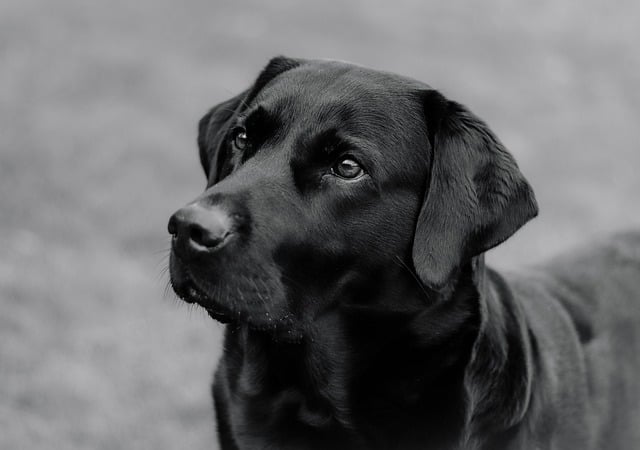
Find easy new tricks to teach your dog through understanding canine learning. Enhance your bond with your furry friend by exploring effective training techniques. Master the art of teaching your dog fun and engaging skills with simple and rewarding methods.
Teaching your dog new tricks is an excellent way to bond with your furry friend. However, before you start teaching new tricks, you need to understand the basics of how dogs learn. Canine learning is not so different from human learning. Dogs learn through repetition, positive reinforcement, and mental stimulation. In this blog post, we will explore into the world of canine learning and explore some easy new tricks that you can teach your dog.
The Importance Of Mental Stimulation
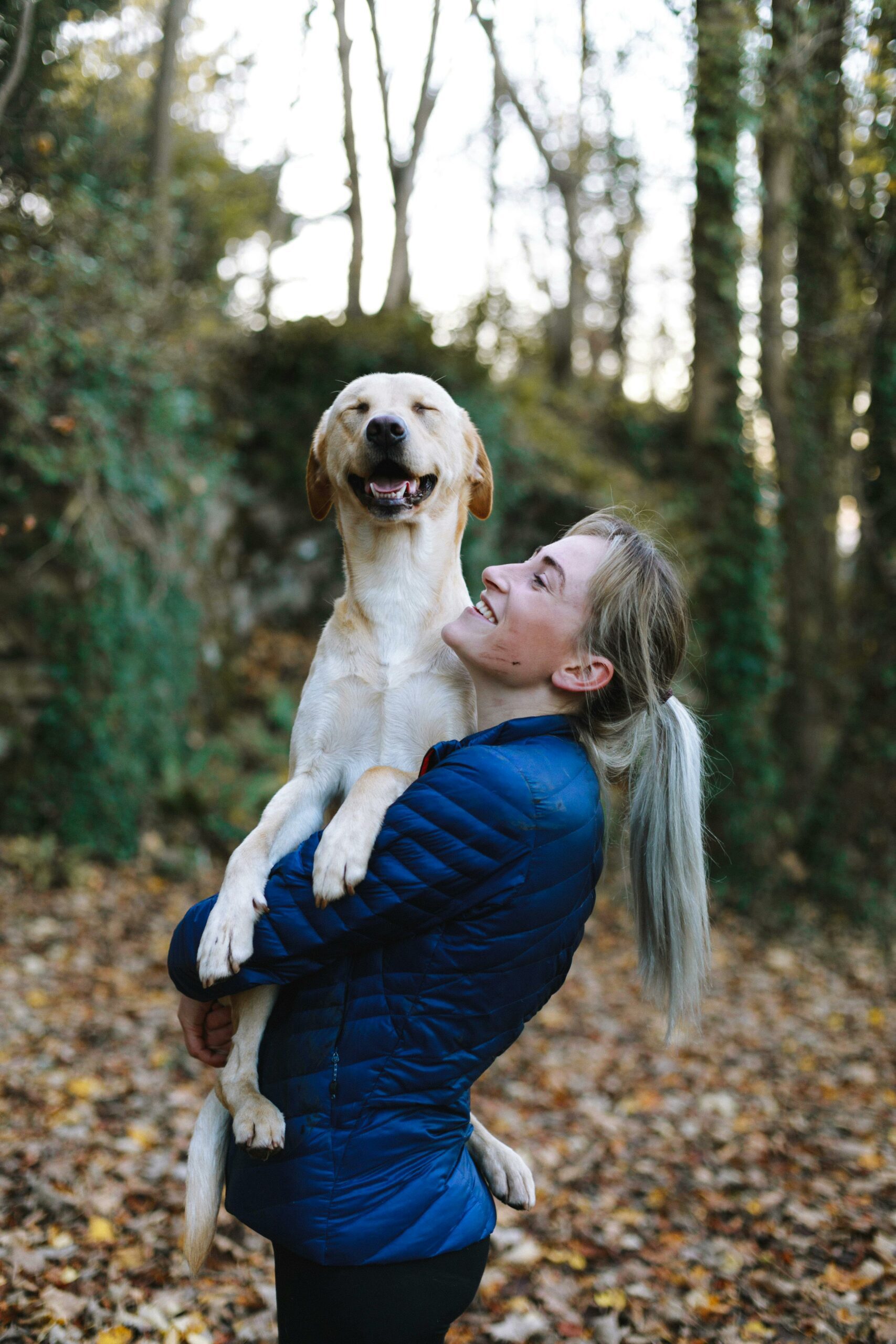
Dogs are intelligent creatures that require mental stimulation to thrive. Mental stimulation helps to keep their minds active and alert, preventing boredom, anxiety, and destructive behaviour. Mental stimulation can be achieved through various activities such as puzzles, games, and training exercises. By keeping your dog mentally stimulated, you can improve their overall well-being and increase their ability to learn new tricks.
How Dogs Learn: Positive Reinforcement Basics
Positive reinforcement is a fundamental principle of canine learning. Positive reinforcement involves rewarding your dog for desired behaviour. Rewards can include treats, toys, praise, and affection. When your dog receives a reward, they are more likely to repeat the behaviour that led to the reward. Positive reinforcement is an effective way to teach your dog new tricks, and it helps to build a positive relationship between you and your furry friend.
To teach your dog a new trick using positive reinforcement, follow these simple steps:
- Choose a behaviour that you want to teach your dog.
- Break the behaviour down into small steps.
- Reward your dog each time they successfully complete a step.
- Gradually increase the difficulty of the behaviour.
- Continue to reward your dog for successfully completing the behaviour.
By following these steps, you can teach your dog new tricks using positive reinforcement. Remember to be patient and consistent in your training, and always reward your dog for their efforts.
In conclusion, understanding the basics of canine learning is essential when teaching your dog new tricks. Mental stimulation and positive reinforcement are key components of canine learning, and they can help to improve your dog’s overall well-being. By using positive reinforcement and breaking behaviours down into small steps, you can teach your dog new tricks and strengthen your bond with your furry friend.
Setting The Stage For Success
Dog training is an exciting and rewarding journey for both you and your furry friend. To ensure success, it’s important to set the stage for effective learning. By creating the right environment and utilizing essential tools, you can pave the way for a positive training experience.
Choosing The Right Environment

When starting on teaching your dog new tricks, selecting the appropriate environment is crucial. Look for a space that is quiet, free from distractions, and familiar to your dog. This can be indoors in a spacious room or outdoors in a secure, enclosed area. Providing a comfortable and familiar setting will help your dog focus and learn more effectively.
Training Essentials: Treats, Clickers, And Patience
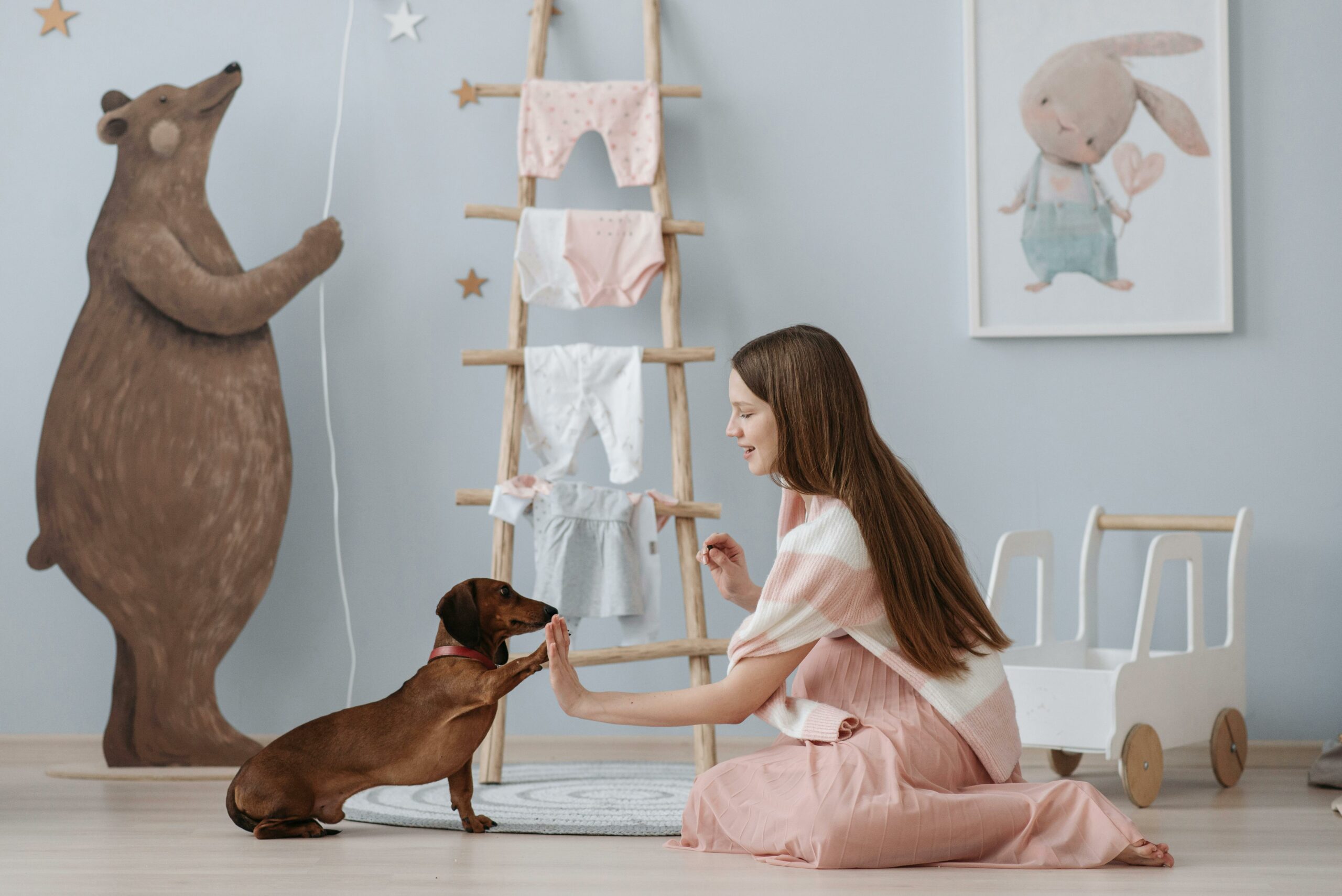
Equipping yourself with the right tools is essential for successful dog training. Treats are a powerful motivator and can be used to reinforce positive behaviour. Additionally, using a clicker can help mark desirable actions, making it easier for your dog to understand what you’re asking for. Remember, patience is key – training takes time and consistency.
The ‘sit’ Command

Teaching your dog the ‘Sit’ command is a fundamental skill that forms the basis for more advanced training. It’s a simple yet essential command that can help improve your dog’s behaviour and responsiveness. By training your dog to sit on command, you can establish control and create a foundation for more complex commands.
Step-by-step Training
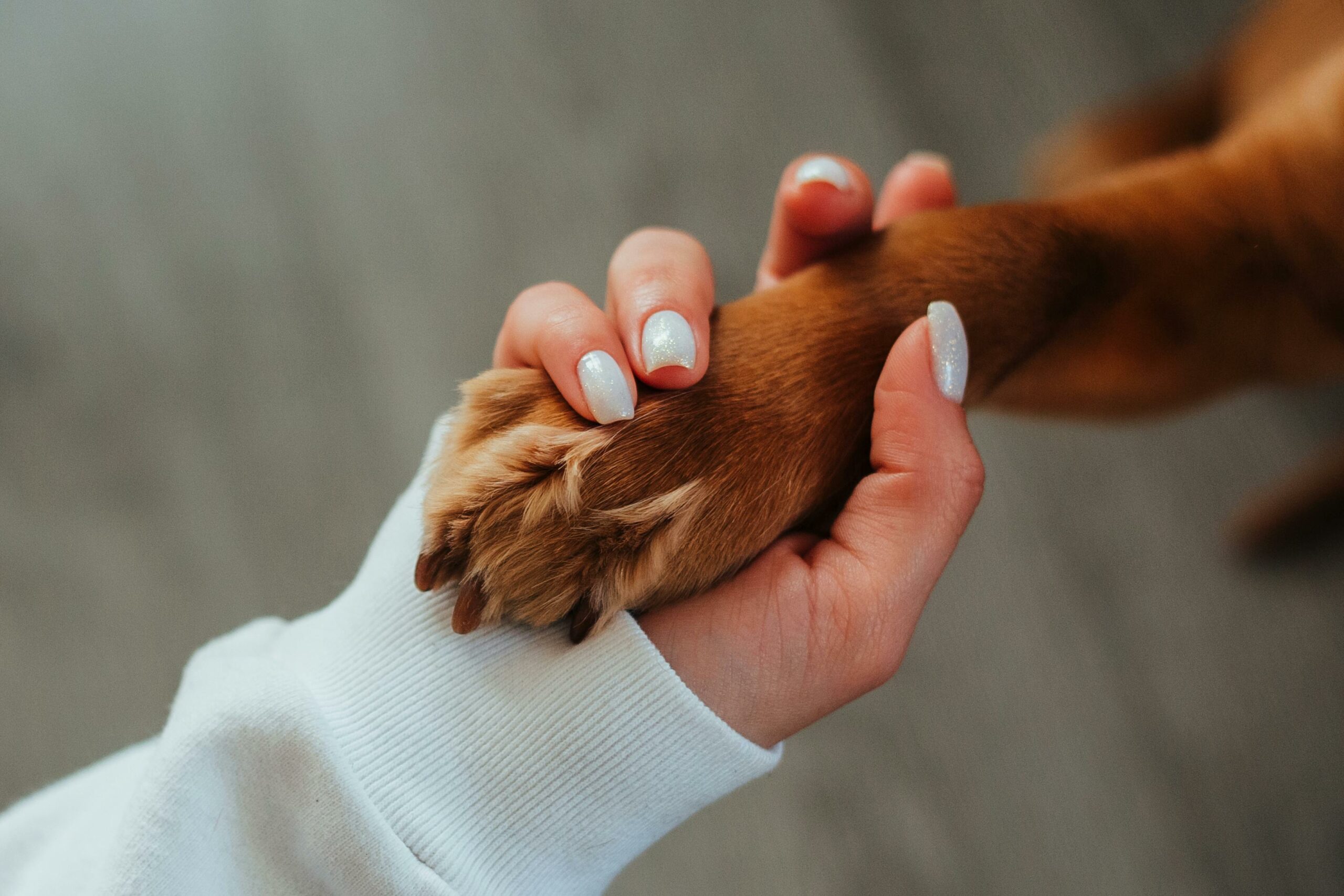
Training your dog to sit is relatively simple and can be achieved through consistent practice and positive reinforcement. Follow these steps to teach your dog the ‘Sit’ command:
- Start in a quiet, distraction-free environment to help your dog focus.
- Hold a treat close to your dog’s nose, allowing them to smell it.
- Slowly raise the treat above your dog’s head, prompting them to look up and move into a sitting position.
- As your dog’s bottom touches the ground, say “Sit” in a clear, firm voice.
- Once your dog is in a sitting position, immediately give them the treat and offer praise.
- Repeat this process multiple times daily, gradually phasing out the use of treats as your dog becomes more proficient.
Troubleshooting Common Issues
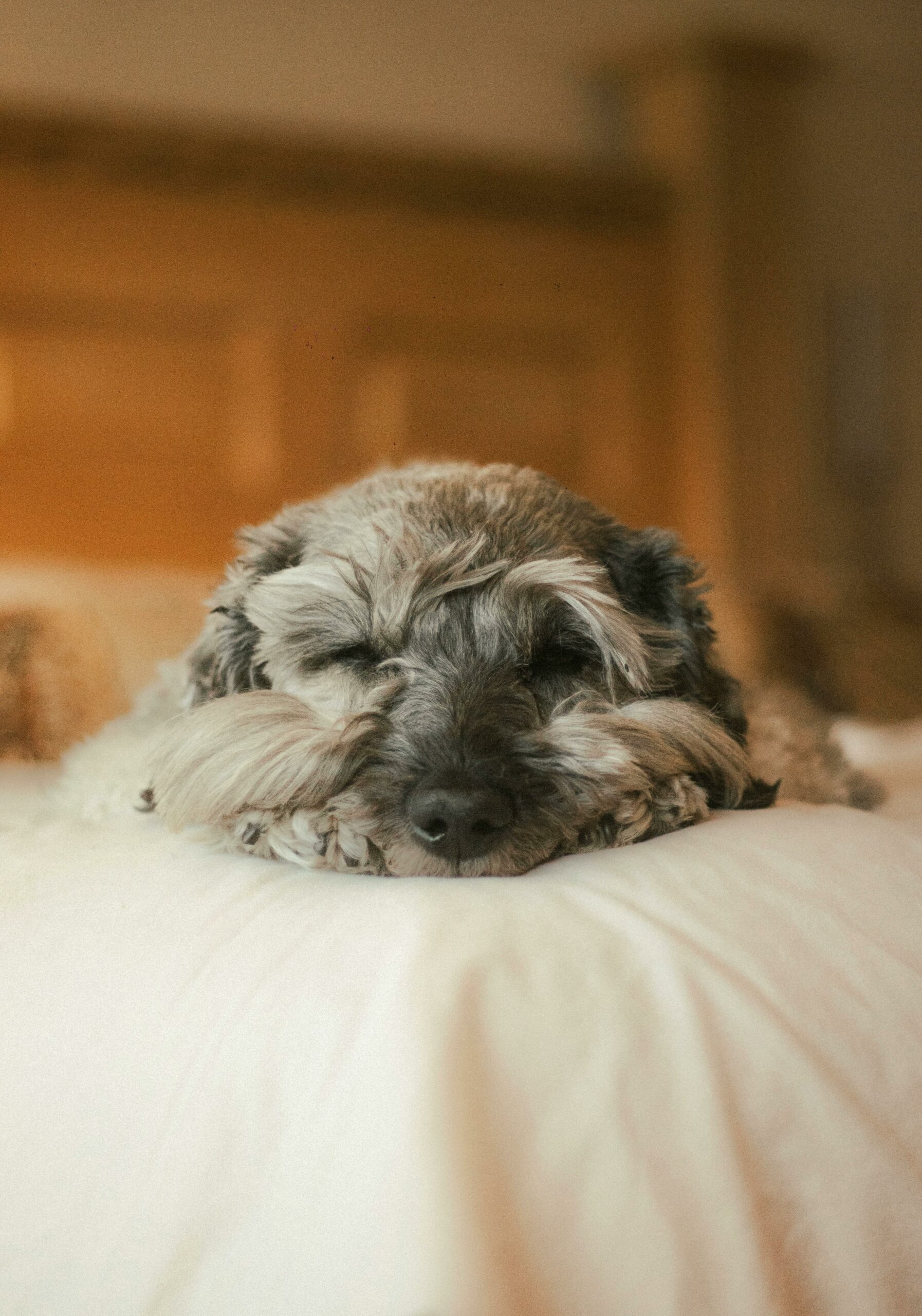
While training your dog to sit, you may encounter some common issues. Here are some tips to address them:
- If your dog is not responding to the ‘Sit’ command, ensure that you are using high-value treats and practising in a low-distraction environment.
- If your dog is standing or jumping instead of sitting, try luring them into the correct position with the treat and using a verbal cue to reinforce the command.
- If your dog seems disinterested or unresponsive, take a break and try again later to avoid frustration for both you and your pet.
Mastering The ‘stay’ Command
Mastering the ‘Stay’ command is an essential skill for any dog, as it provides control and safety in various situations. Teaching your dog to stay in place until given a release cue can prevent accidents and promote obedience. Here are some effective techniques to help your dog master the ‘Stay’ command:
Gradual Increase In Distance And Duration

When teaching your dog to stay, start with short distances and durations and gradually increase them as your dog becomes more proficient. Begin by asking your dog to stay for just a few seconds, and gradually extend the duration to several minutes. Similarly, start with your dog staying close to you and then increase the distance as they become more comfortable with the command.
Real-life Applications

Once your dog has mastered the ‘Stay’ command in a controlled environment, it’s important to practice in real-life situations. This could include asking your dog to stay while you open the front door, preventing them from bolting outside, or while you prepare their food. Practising ‘Stay’ in various scenarios will help your dog generalize the command and respond reliably in different situations.
Teaching ‘come’ When Called
Teaching your dog to come when called is a crucial command that can help keep them safe and under control in various situations. Whether you’re at the park, out for a walk, or in your backyard, having a reliable recall can prevent your furry friend from getting into potentially dangerous or risky situations.
Safety Benefits
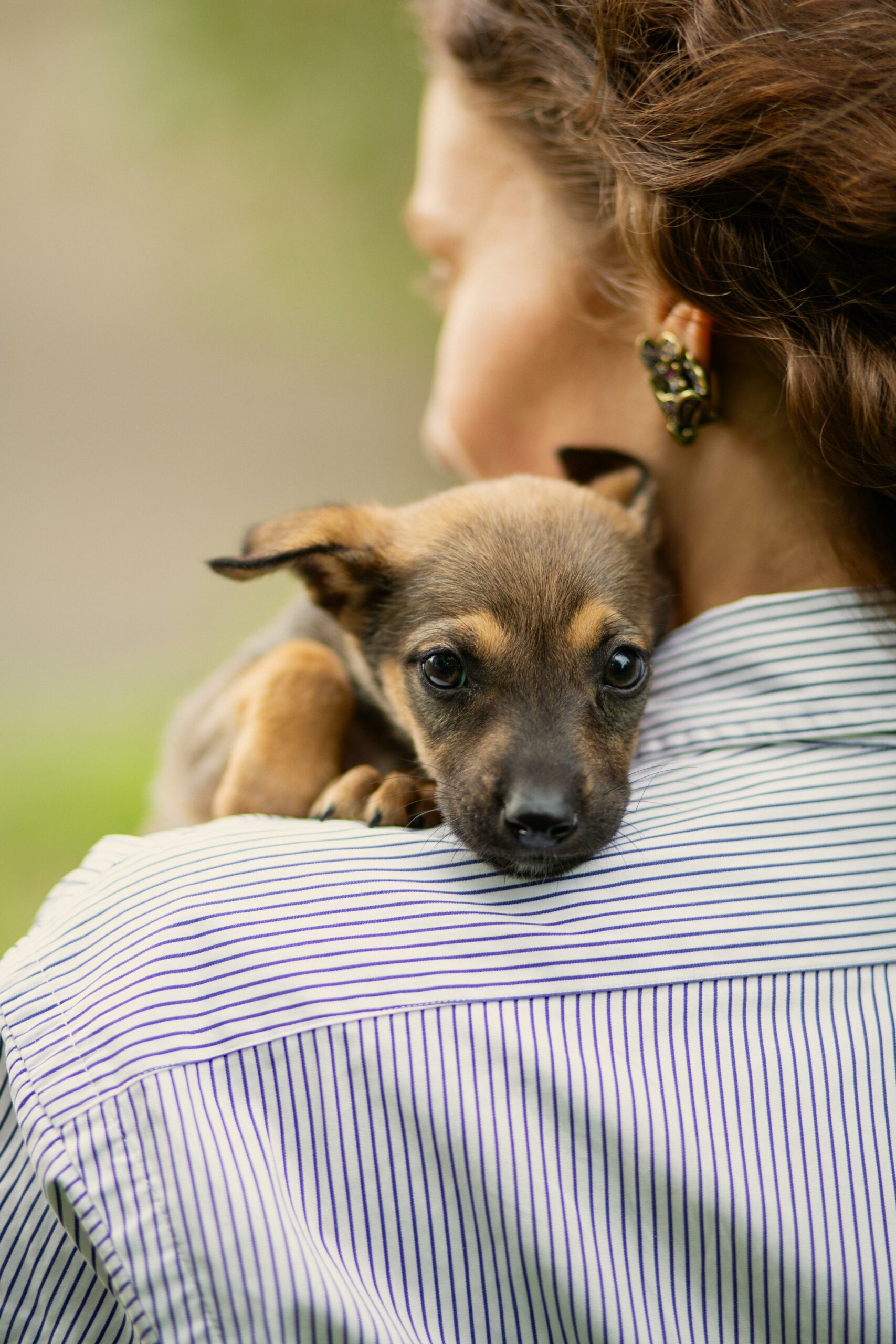
Teaching your dog to come when called offers numerous safety benefits. It allows you to quickly get their attention and bring them back to you in potentially hazardous situations, such as when they’re about to wander into a busy street or encounter other animals. This command can be a lifesaver in emergencies, ensuring your dog remains safe and secure.
Increasing Reliability Amid Distractions
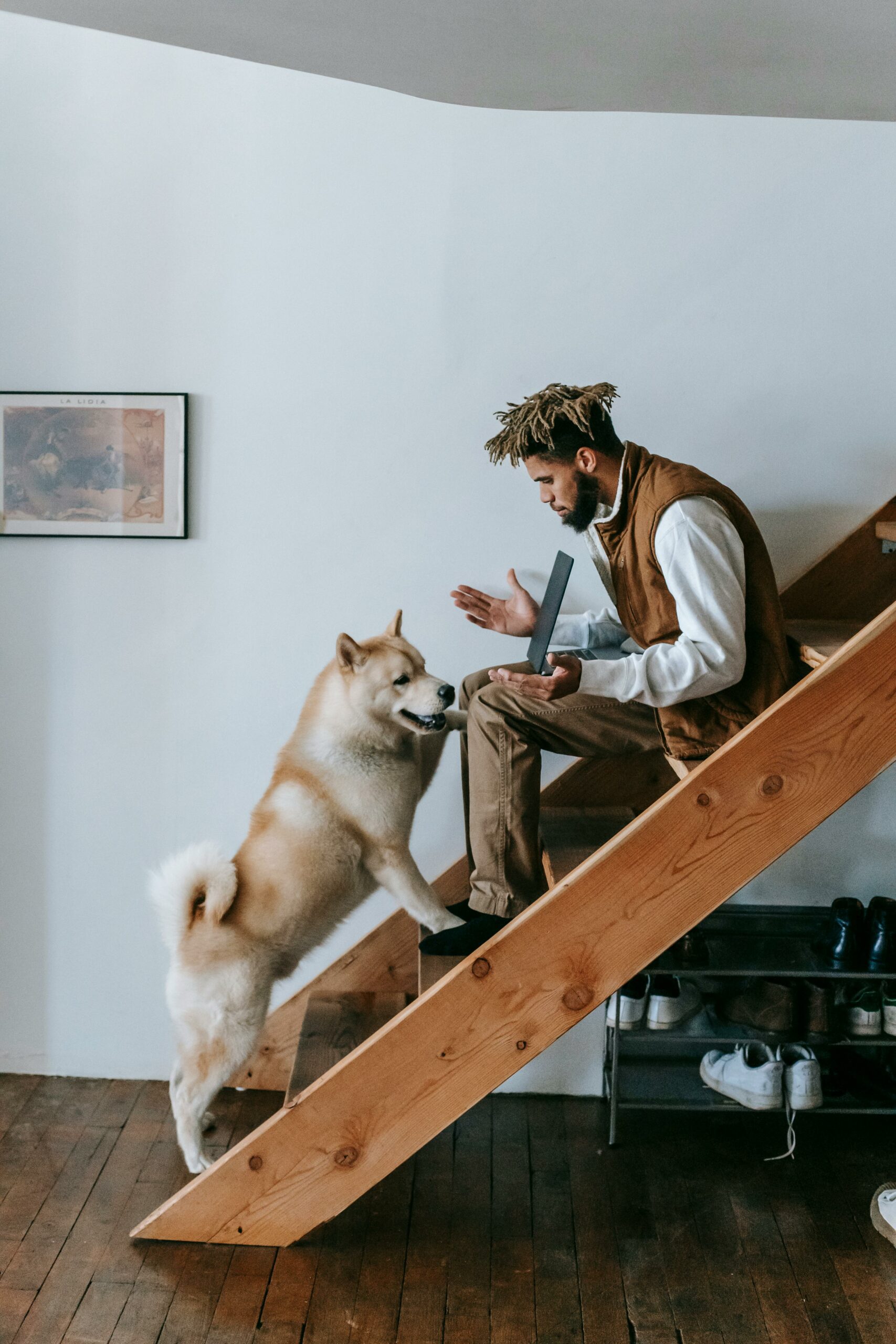
It’s essential to train your dog to come when called, even in the face of distractions. By gradually increasing the level of distractions during training sessions, you can improve their reliability and responsiveness to the command, regardless of the surrounding environment. This ensures that your dog will come to you when called, regardless of what enticing distractions may be present.
‘leave It’: A Trick For Self-control
Dogs, like humans, need to learn self-control, and the ‘Leave It’ command is a powerful tool to achieve this. Teaching your dog to ‘Leave It’ can prevent them from grabbing food off the counter, chasing a squirrel, or approaching something potentially harmful. It’s a valuable skill that promotes impulse control and safety.
Building Impulse Control
Start with a treat in your fist and present it to your dog. When they try to get the treat, say ‘Leave It’ and close your hand. Once they stop trying, praise them and give a different treat. Gradually increase the difficulty by placing the treat on the floor and covering it with your hand while using the ‘Leave It’ command.
Expanding To More Tempting Scenarios

Once your dog masters the ‘Leave It’ command with treats, practice with items that are more enticing, such as toys or food. Gradually introduce distractions like other pets or people to reinforce their self-control. Consistency and positive reinforcement are key to expanding the ‘Leave It’ command to various real-life situations.
‘shake Hands’: A Polite Greeting
Teaching your dog to shake hands is not only a fun trick, but also a polite greeting that can impress your friends and family. This trick is a great way for your dog to show good manners and create a positive interaction with others. Let’s have a look at how you can teach your dog to shake hands and add variations to make it even more impressive!
Cueing And Rewarding
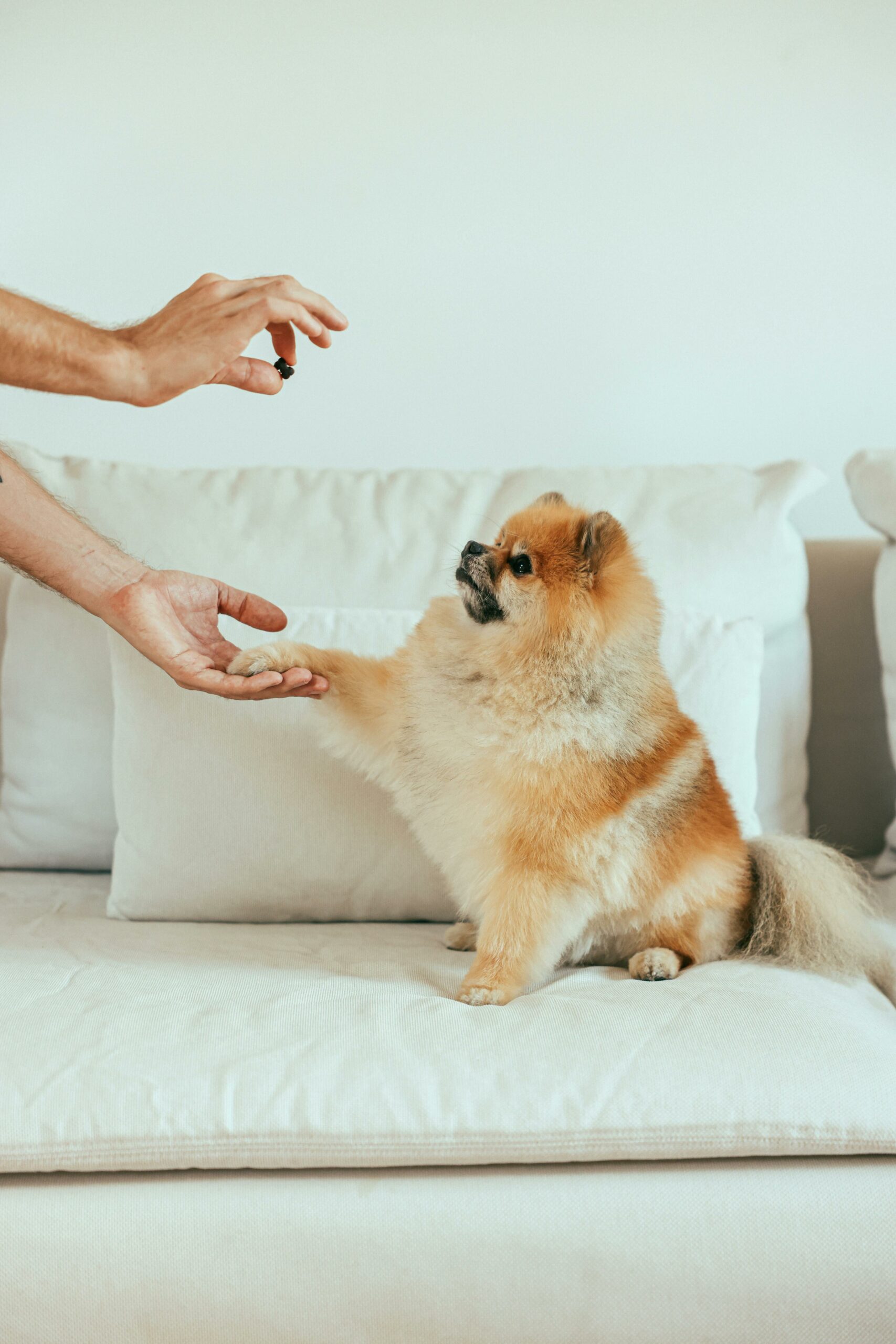
To start teaching your dog to shake hands, you’ll need to choose a cue word or hand signal that you will use consistently. Some popular cue words for this trick include “shake,” “paw,” or “gimme five.” Once you have your cue, you can begin the training by gently taking your dog’s paw in your hand and saying the cue word. When your dog lifts their paw, be sure to immediately reward them with a treat and plenty of praise. Consistency and patience are key when teaching this trick, so be sure to practice regularly and always reward your dog for their efforts.
Adding Variations To The Trick
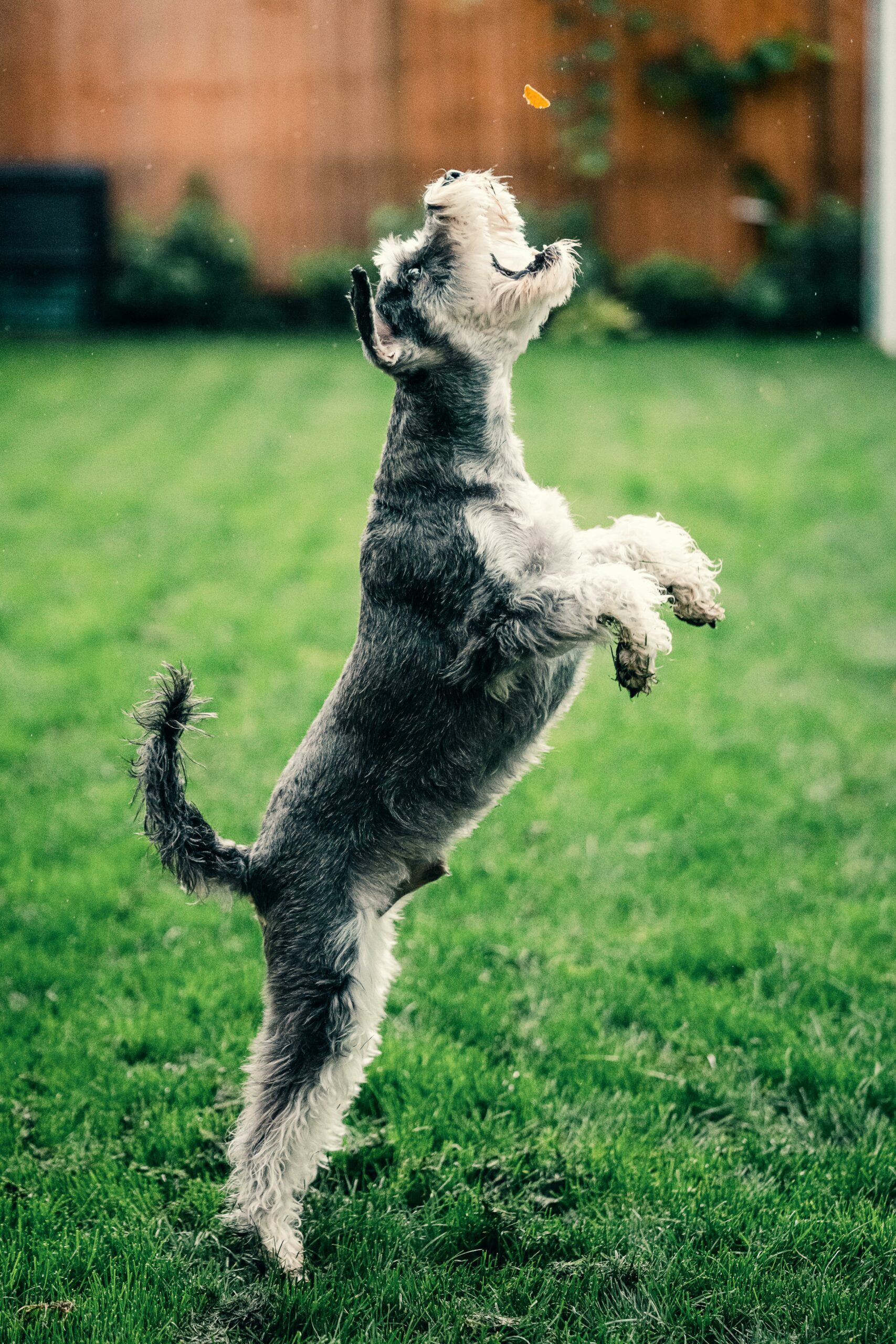
Once your dog has mastered the basic shake hands trick, you can add variations to make it even more impressive. One fun variation is to teach your dog to shake with both paws, alternating between left and right. This can be a great way to showcase your dog’s skills and entertain your friends and family. Another variation is to teach your dog to shake hands while standing on their hind legs, adding a playful and adorable twist to the trick. Remember to always reward your dog for their efforts, and have fun exploring different variations of the shake hands trick!
Roll Over And Play Dead
Teaching your dog new tricks is a great way to bond with your furry friend and keep them mentally stimulated. One of the most popular tricks is “Roll Over and Play Dead.” This trick is not only impressive, but it’s also a fun way to show off your dog’s obedience skills. In this post, we’ll break down the trick into simple steps and provide tips for ensuring consistent performance.
Breaking Down The Trick Into Steps
The “Roll Over and Play Dead” trick is a combination of two commands — “roll over” and “play dead.” To teach your dog this trick, follow these simple steps:
- Start with your dog in a lying position.
- Hold a treat close to your dog’s nose and move it towards their shoulder.
- As your dog follows the treat, they will naturally roll onto their side.
- Once your dog is on their side, use a verbal command, such as “roll over” and reward them with the treat.
- Repeat this process until your dog is comfortable rolling over on command.
- Next, teach your dog the “play dead” command by using a verbal cue, such as “bang” or “dead.”
- As your dog is lying on their side, use the verbal cue and reward them with a treat when they stay still and “play dead.”
- Repeat this process until your dog is comfortable staying still on command.
- Finally, combine the two commands by using the “roll over” command followed by the “play dead” command and reward your dog with a treat when they complete the trick successfully.
Ensuring Consistent Performance
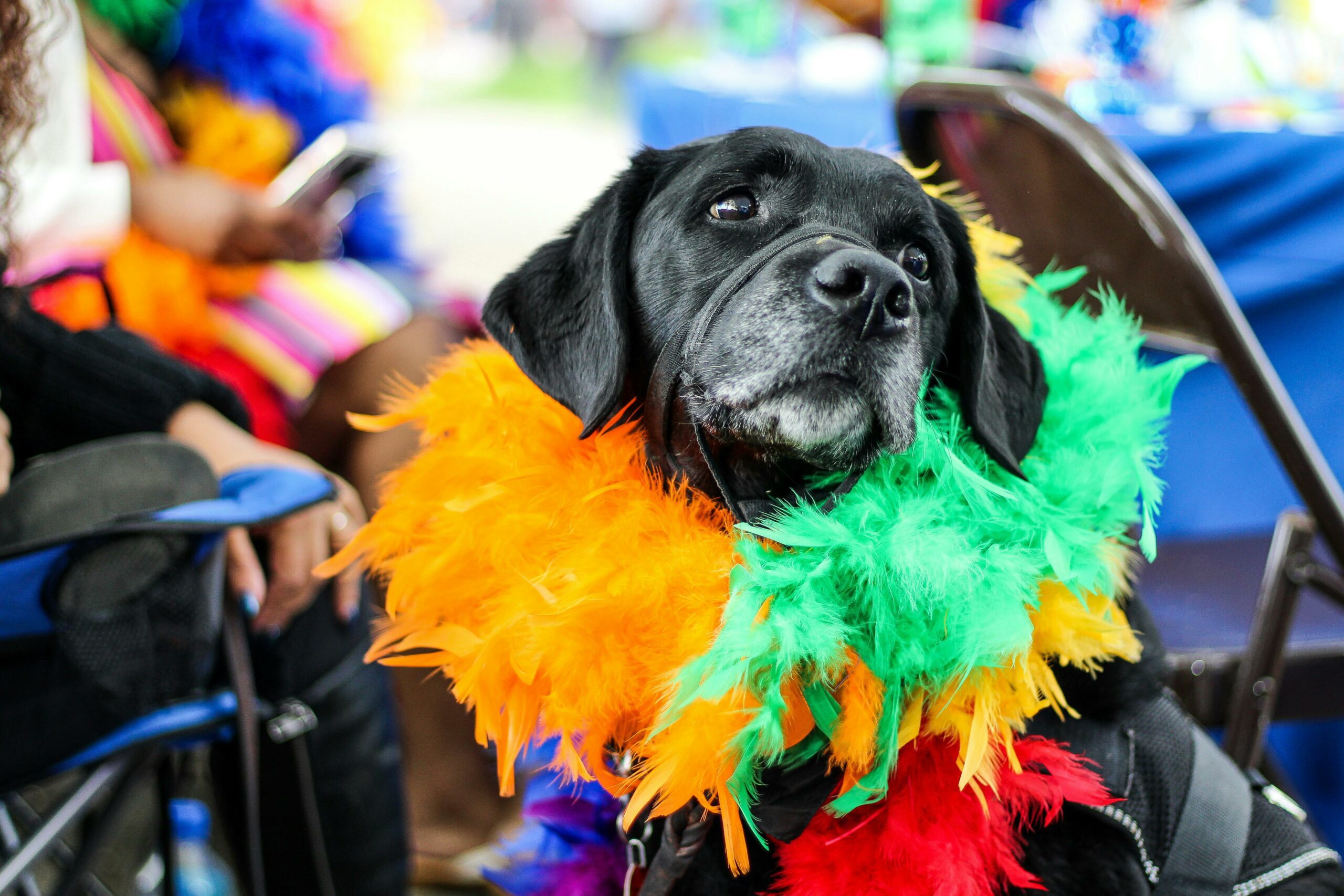
Once your dog has mastered the “Roll Over and Play Dead” trick, it’s important to ensure consistent performance. Here are some tips:
- Practice regularly to keep the trick fresh in your dog’s mind.
- Use positive reinforcement, such as treats and verbal praise, to encourage your dog to perform the trick correctly.
- Avoid using negative reinforcement, such as scolding or punishment, as this can make your dog anxious and hesitant to perform the trick.
- Be patient and keep training sessions short to prevent your dog from becoming bored or frustrated.
- As your dog becomes more comfortable with the trick, gradually increase the difficulty level by adding distractions or requiring them to perform the trick from different positions.
With patience and consistency, your dog will master the “Roll Over and Play Dead” trick in no time. Not only will this trick impress your friends and family, but it will also strengthen the bond between you and your furry companion.
Creating A Training Routine
In creating a training routine for your dog, consistency and structure are key elements for successful learning.
Daily Practice Schedules
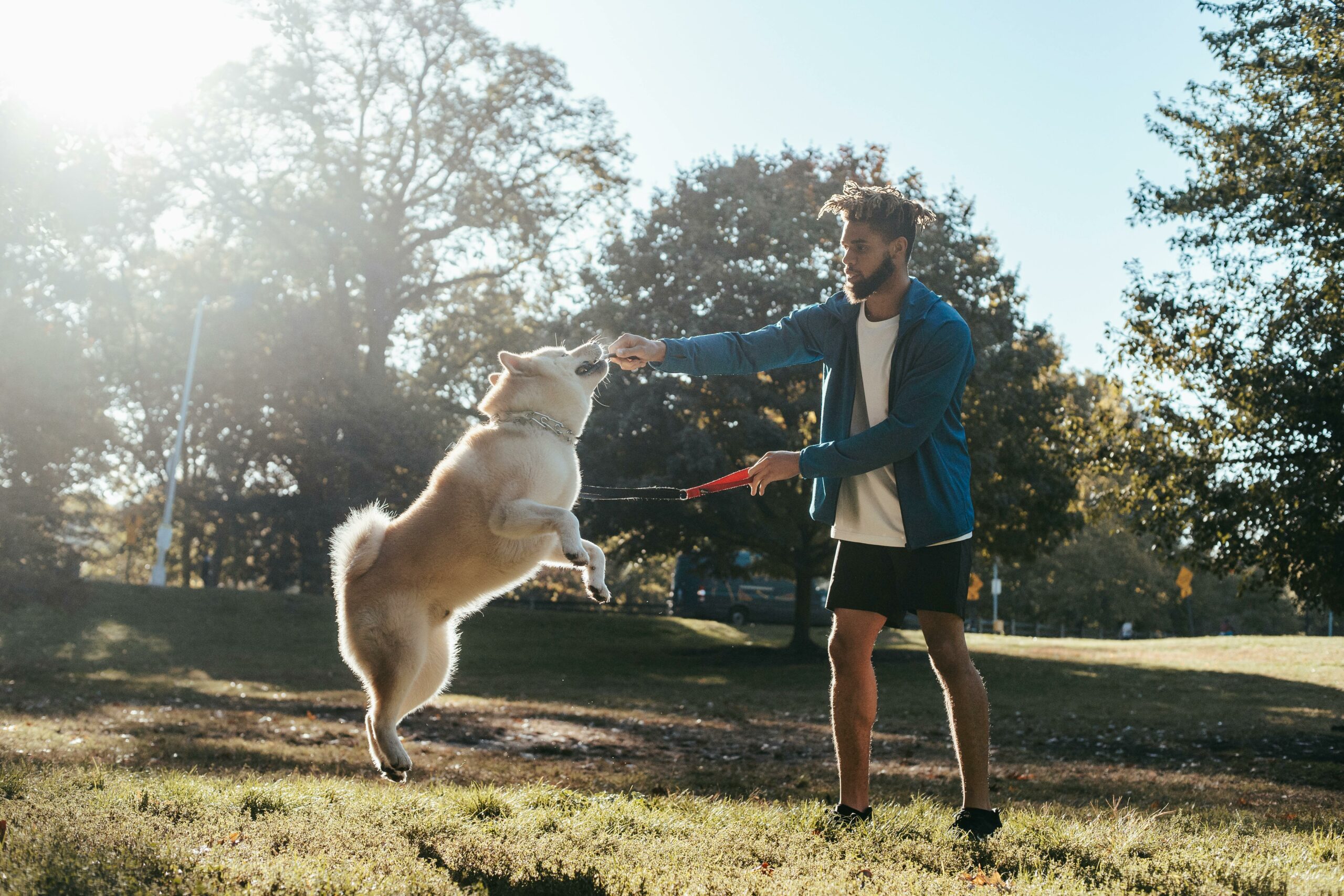
Establish a regular daily practice schedule to help your dog learn effectively.
Plan training sessions around your dog’s energy levels and focus times.
Keeping Sessions Short And Fun
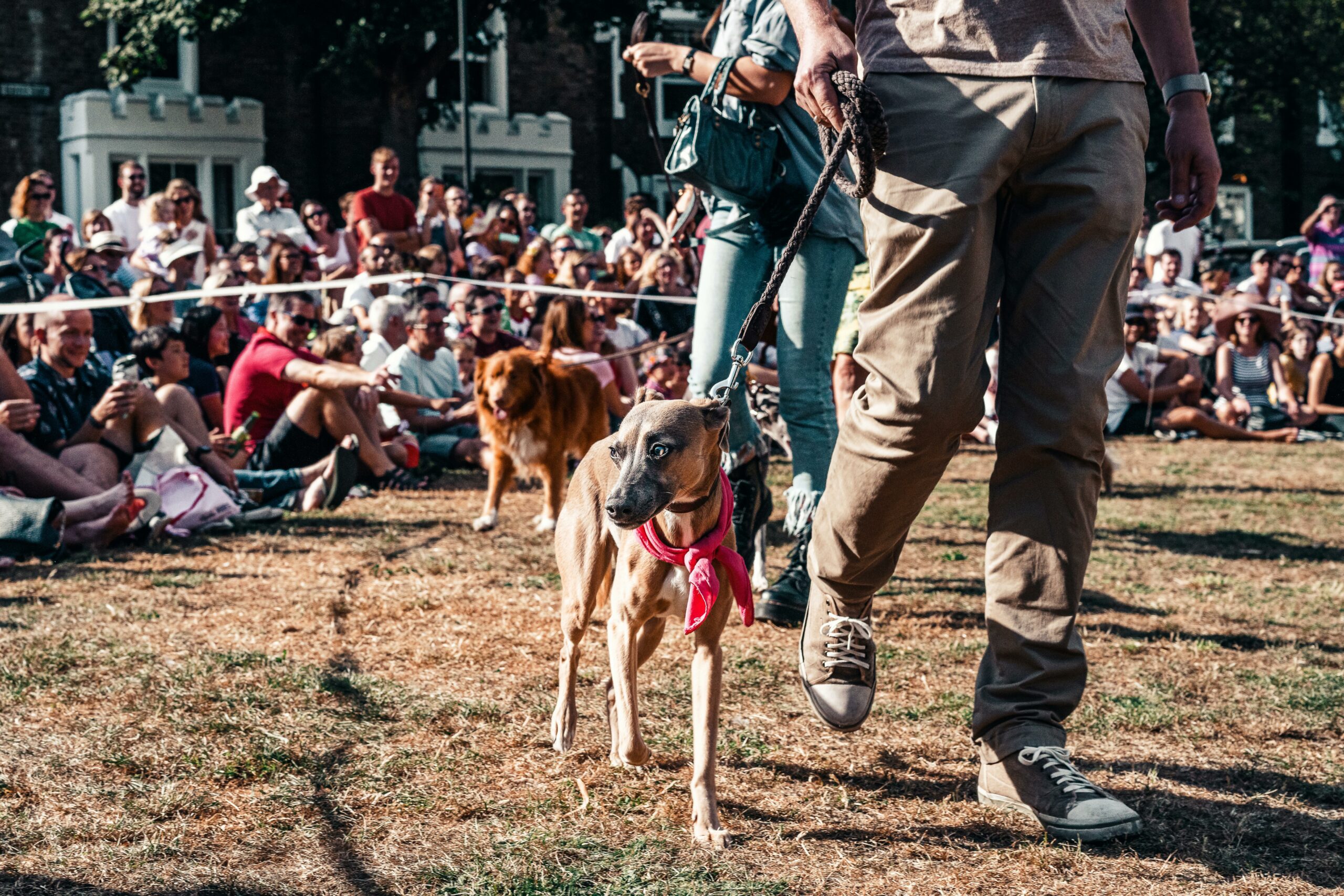
Keep training sessions brief to maintain your dog’s interest and engagement.
Incorporate fun activities and rewards to make training enjoyable for your dog.
Advanced Tips For Long-term Training
- Practice commands regularly to reinforce learning.
- Introduce new challenges to keep your dog engaged.
- Reward good behaviour consistently with treats or praise.
- If your dog shows signs of aggression, consult a trainer.
- Seek professional assistance for complex training issues.
- Professional trainers can provide tailored solutions for your dog.
Frequently Asked Questions
What Is The Easiest Trick To Teach A Dog?
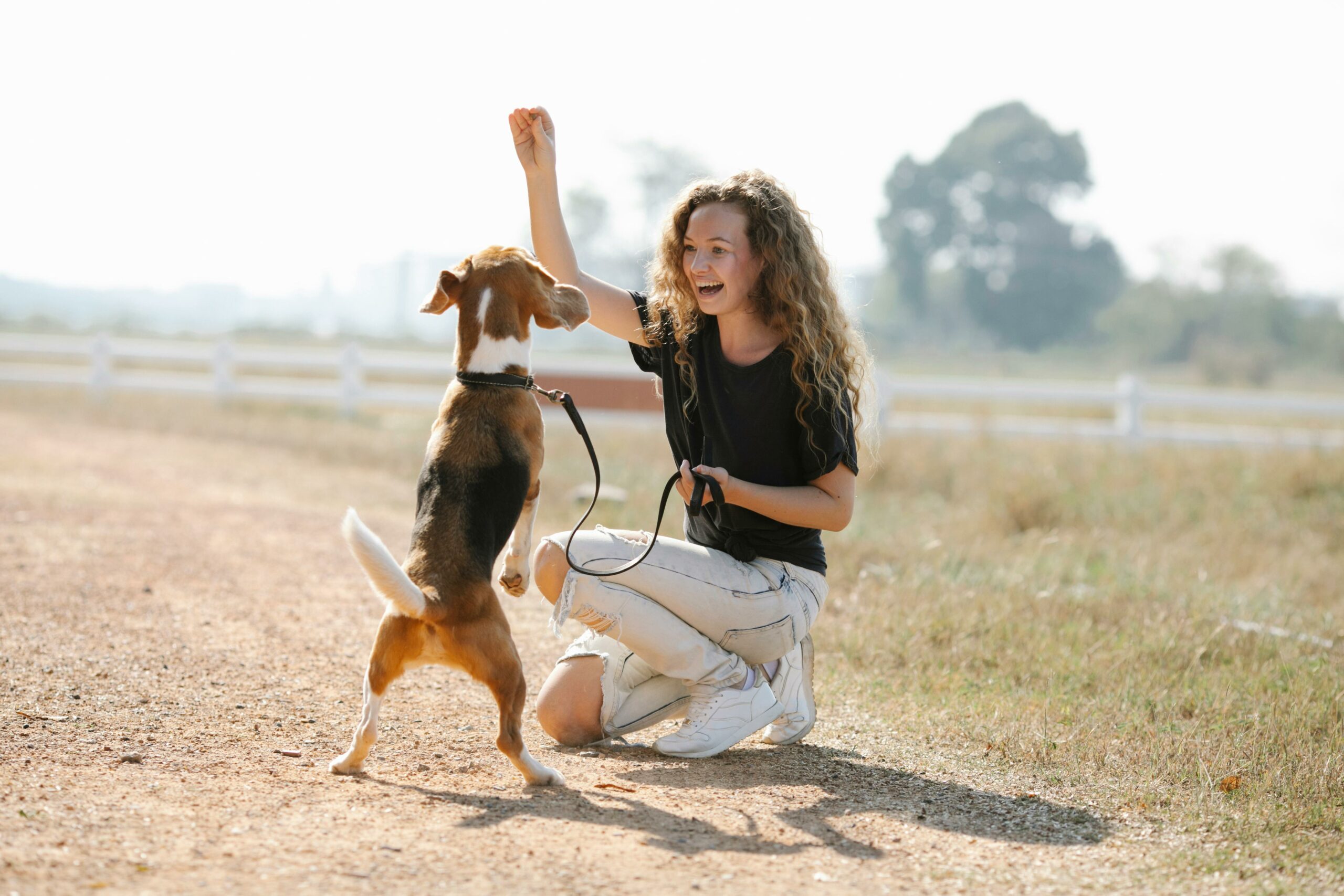
The easiest trick to teach a dog is “sit. ” Use treats to lure them into the sitting position. Repeat and reward.
What Is The Hardest Thing To Teach A Dog?
The hardest thing to teach a dog is complex behaviours that go against their instincts.
What Is A Trick You Shouldn’t Teach Your Dog?
Teaching your dog aggressive behaviours like growling or biting is a trick you shouldn’t teach.
What Is The Easiest Command To Teach A Dog?
“Sit” is the easiest command to teach a dog. It involves using treats to lure the dog into a sitting position and rewarding them. Practice this command consistently until the dog understands and can do it without treats.
Mastering new tricks will strengthen the bond with your furry companion. With patience and consistency, teaching your dog can be a rewarding experience. Remember to keep training sessions short and positive. Celebrate small victories and enjoy the journey of growth together.
Your dog will thank you with wagging tails and endless love.
